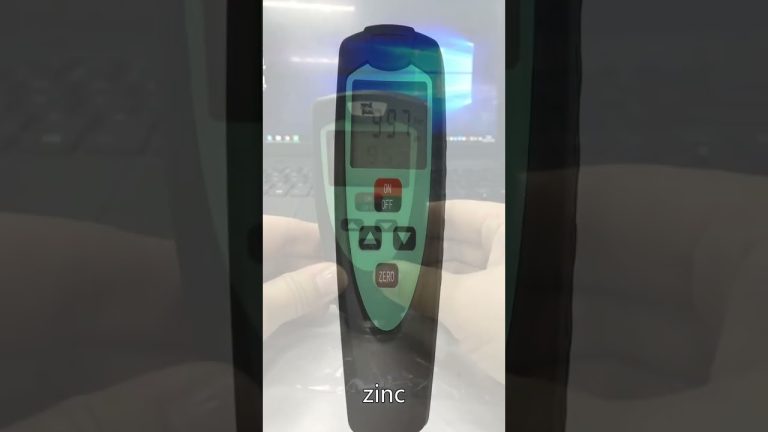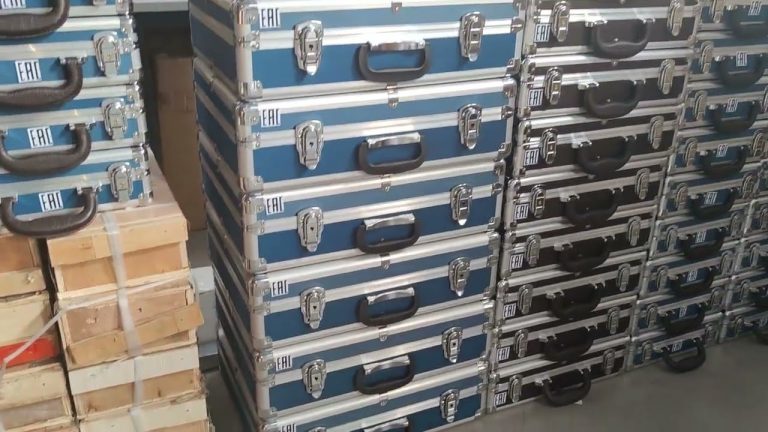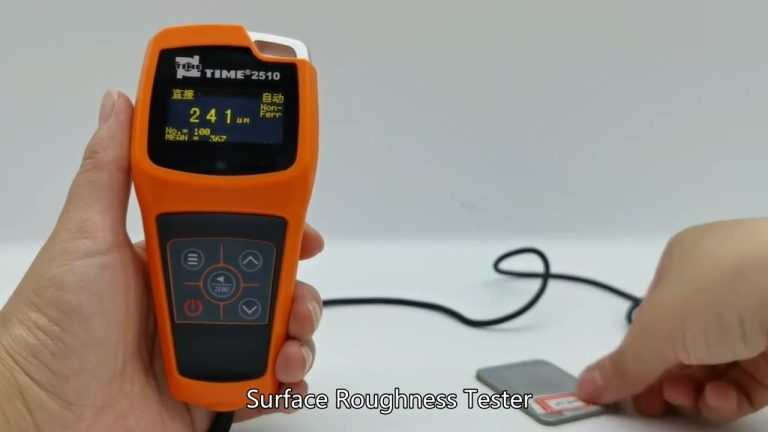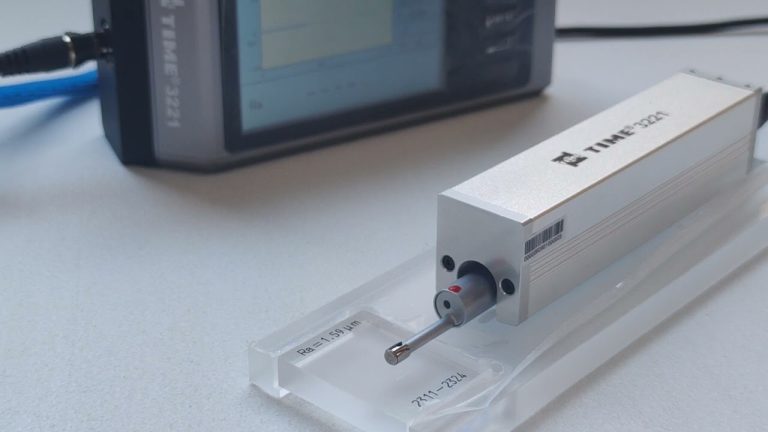Compared with X-ray flaw detection, ultrasonic flaw detection has the advantages of higher flaw detection sensitivity, short cycle, low cost, flexibility and convenience, high efficiency, and harmless to the human body.
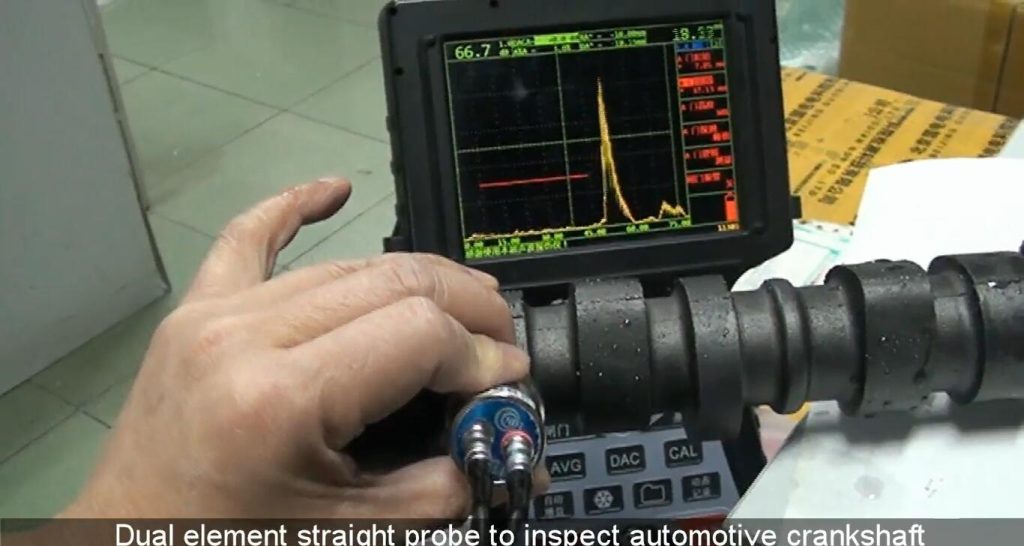
- What are the advantages and disadvantages of ultrasonic flaw detection compared with X-ray flaw detection?
Answer: Compared with X-ray flaw detection, ultrasonic flaw detection has the advantages of higher flaw detection sensitivity, short cycle, low cost, flexibility and convenience, high efficiency, and harmless to the human body. The disadvantage is that the working surface is required to be smooth and requires experienced inspectors to identify The types of defects are not intuitive; ultrasonic flaw detection is suitable for inspection of parts with larger thickness. - What are the main characteristics of ultrasonic flaw detection?
Answer: 1) When ultrasonic waves propagate in media, they have reflection characteristics on inhomogeneous interfaces. If a defect is encountered and the size of the defect is equal to or larger than the wavelength of the ultrasonic wave, the ultrasonic wave will be reflected back on the defect, and the flaw detector can detect the reflection. The wave appears; if the size of the defect is even smaller than the wavelength, the sound wave will bypass the ray and cannot be reflected;
2). Wave sound has good directivity. The higher the frequency, the better the directivity. It radiates into the medium with a very narrow beam, making it easy to determine the location of defects.
3) The propagation energy of ultrasonic waves is large. For example, the energy propagated by an ultrasonic wave with a frequency of 1MHZ (Hertz) is equivalent to 1 million times that of a sound wave with the same amplitude and frequency of 1000HZ (Hertz). - When the ultrasonic flaw detection plate thickness is 14 mm, what is the relationship between the three main curves on the distance amplitude curve?
Answer: Length measuring line Ф1 х 6 -12dB
Quantitative line Ф1 х 6 -6dB
Judgment line Ф1 х 6 -2dB - What are the “soft” and “hard” of rays?
Answer: The ability of X-rays to penetrate materials is related to the wavelength of the ray itself. The shorter the wavelength (the higher the tube voltage), the greater the penetration ability, which is called “hard”; otherwise, it is called “soft”. - When using ultrasonic flaw detection, what may be the reason for the disappearance of the bottom wave?
Answer: 1), large near-surface defects; 2), absorptive defects; 3), large tilt defects; 4), poor combination of oxide scale and steel plate. - What are the main factors affecting development?
Answer: 1), development time; 2), developer temperature; 3), developer shaking; 4), formula type; 5, aging degree. - What is electric current?
Answer: Current refers to the regular movement of electrons under the action of external force in a certain direction; the direction of current is customarily defined as flowing from the positive pole of the power supply through the electrical equipment to the negative pole in the positive direction, that is, opposite to the direction of the electrons. - What is current intensity?
Answer: Current intensity is the amount of electricity passing through the cross-section of a conductor per unit time. Current is sometimes also used as the abbreviation of current intensity, which can be written as I = Q \ T. In the formula, I represents the current intensity, Q is the electricity quantity, and T is the time. - What is resistance?
Answer: It refers to the resistance to the flow of current in a conductor. At the same temperature, the resistance of different materials with the same length and cross-sectional area is often very different; resistance is represented by “R”, and the unit is ohms, referred to as ohms. Expressed in Ω. - What is voltage?
Answer: It means that under the action of power force, the positive and negative charges inside the conductor are pushed to both ends of the conductor, so that there is a potential difference. The unit of voltage is volts, referred to as volts, and is represented by the symbol “V”.

